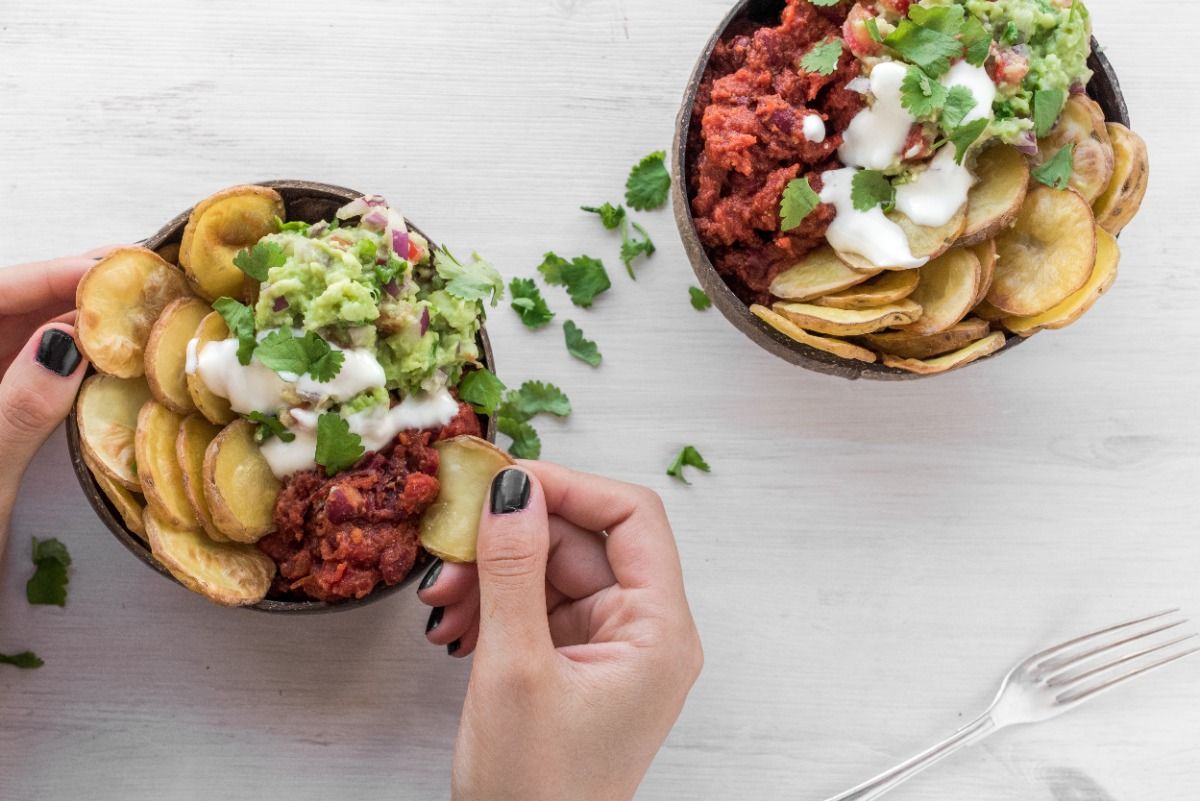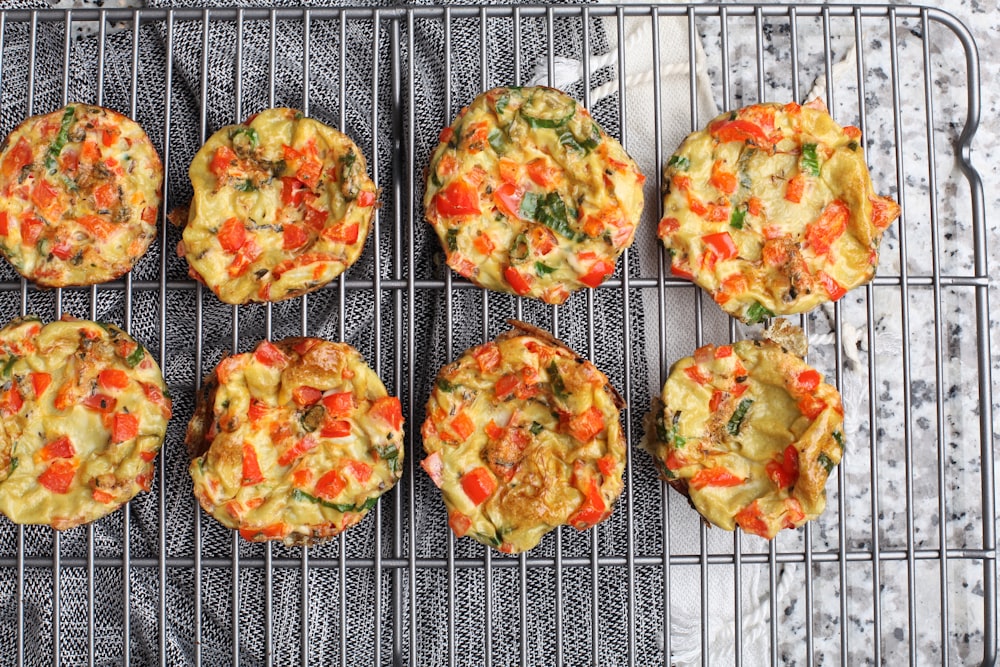
The Atkins diet is easy to follow once you understand it. Are you looking for an easy-to-follow weight loss and healthy eating plan that aligns with your body weight goals and boost overall health and wellness? The Atkins Diet, founded by the cardiologist Dr. Robert C. Atkins in 1972, can give you these desired results. Atkins is a low-carb diet that helps you lose weight without deprivation and stringent calorie counting.
However, the only catch is you can eat as much protein and fat as you want but avoid high-carb food items. But before you dive in, explore the ins and outs of this diet first. Then, when you are equipped with the right information, you can begin this diet plan in a healthy way that’s most conducive to hitting your weight loss targets.
How to Successfully Follow The Atkins Diet
Setting achievable goals before you implement the Atkins diet is crucial to your success. When you start with the right purpose, you can stay on track and feel more motivated as you go through the stages of the Atkins diet. The levels were specifically designed to help you establish good eating habits and prevent yo-yo dieting. This plan is divided into the four phases below:
The Induction Phase
This is the first phase of the diet, which is the hardest and strictest. In this period, you kick-start weight loss, limiting carbohydrate intake to under 20 grams. Here, you make your body fat adaptive. Traditionally, the body burns glucose (sugar) into energy. However, with minimal sugar intake, your body morphs into a fat-burning machine. The goal in this phase is to eat:
- High fat
- High protein
- Low carbohydrate veggies like leafy greens
Notably: the induction phase lasts for two weeks only. Check out the complete Atkins induction approved list here on their official site.
The Balancing Phase
In this second stage, you are allowed to add more nuts, seeds, and other vegetables. Moreover, you can add fruits like berries (but be mindful of keeping net carbs in the 20 grams range). You can stay in this phase until you are around 10 to 15 pounds from your goal weight.

The Pre-Maintenance Phase
Some dub the third phase as fine-tuning because you are a lot closer to your goals. As such, you can gradually incorporate more food like sweeter fruits, whole grains, and starchy vegetables like pumpkin or potatoes. Subtly add 10 grams of carbs to your meals each week. However, if your weight loss stalls, cut back on the carbs. Stay on this particular stage until you hit your target weight.
The Maintenance Phase
When it comes to weight loss, getting rid of the excess pounds is only half the battle. The key is lifetime maintenance to ensure you don’t regress into your old habits. In this phase, you can add healthy carbs and enjoy them. Pick out high-quality carbs that your body tolerates well to avoid weight regain.
How Different is the Atkins From Other Low Carb Diets?
If you’re wondering why people talk less about Atkins, well, it’s not because it is no longer an excellent option. It’s just that the buzzword today is “Keto” (or LCHF-low carb high-fat diet)! This new trendy diet has certainly taken up more headlines in health magazines.
However, when you look around, grocery shelves are still packed with “Atkins-friendly” snacks and treats. This goes to show that Atkins is still effective. So just how different is Atkins from Keto, Paleo, and the South Beach Diet? Aren’t they all low carb? Let’s take a look:
Keto VS Atkins
The Keto diet is low carb because 75% of calories consumed come from fat, 20% from protein, and 5% from other sources. This diet was initially designed to prevent seizures in children with epilepsy. However, the doctors eventually noticed that this meal plan came with the welcome “side effects” of weight and fat loss.
This diet comes from Ketosis, the metabolic process where the body burns stored fats instead of glucose for energy. Some say the Keto diet is similar to the Atkins induction phase, with severe carb restrictions. However, Keto is more strict as it requires you to stay low carb and limit protein all the time.
In the Atkins diet, there’s no cap to your protein intake. Moreover, you can eventually incorporate healthy carbs such as quinoa, oats, or berries. For this reason, many believe that Atkins is more sustainable.
Paleo VS Atkins
Paleo gets its name from the Paleolithic period. This follows the caveman diet, who were primarily hunters and gatherers. Thus, this plan incorporates high proteins, fruits, and vegetables. The Paleo theory asserts that consuming food that you cannot gather with bare hands like grains gave birth to modern diseases like cancer, diabetes, heart disease, and neurodegeneration.
Unlike the Atkins and Keto diet, Paleo does not aim to get the body in Ketosis. However, it does cut out a few carbs like grains, legumes, dairy, and other refined food products. With this, you can still enjoy weight loss and insulin resistance, which curbs cravings and minimizes the risk for diabetes.
As you can see, you get more flexibility in food choices with the Paleo diet. Eventually, you will lose weight, but you must be patient because it takes time. If you want faster results, the Atkins diet will jump-start weight loss effectively with its induction phase.
The South Beach Diet VS Atkins
The South Beach Diet is a safe weight loss program designed by another cardiologist, Dr. Arthur Agatston. He holds his practice and research in Miami; hence, the diet name. He specifically designed this to combat heart disease, which studies say is the leading cause of death in most adults.
If you peruse a South Beach Diet menu, you will notice lower carbs and higher healthy fats and proteins. However, unlike Atkins, it is not a strict low-carb diet because it allows “good carbs” consumption like fruits, legumes, vegetables, and whole grains.
Moreover, if Atkins allows all forms of fat, the South Beach Diet promotes “good fats” only. Instead, it focuses on healthier monounsaturated fats like avocado, olive oil, and some nuts. However, in terms of results, since the body burns fat in Atkins instead of carbs, you may see your weight melt off faster here than the South Beach Diet.

Example Menu Ideas for the Atkins Diet
If you need a burst of inspiration, here are possible menu options for the Atkins diet. Just pick one dish from any category:
Breakfast
- 2 egg omelet with 30g cheese and 50g red peppers
- 100g smoke salmon with 1/2 an avocado and 2 TBSP cream cheese
- 2 scrambled eggs with asparagus and 2 slices of bacon
- 1 fried egg, 1 sausage, and 1/2 of a tomato
Snacks
- Cubed cheese
- Boiled egg
- Avocado
- Salami slices
Lunch
- Baked chicken thigh with Caesar salad (minus the croutons)
- Salmon with Greek salad
- Bacon, spinach, and blue cheese salad
- Chicken burger patties with baby spinach, avocado, onions, and feta cheese
Dinner
- Salmon baked in butter with sauteed kale
- Mushroom burger with salad greens
- Baked pork belly with cauliflower mash and butter
- Chicken breast wrapped in prosciutto with green beans
Is Atkins the Right Diet for You?
In the past, some people have demonized this diet calling it “FAT-kins” and saying it is very unhealthy. But new studies suggest that saturated fat is harmless. In fact, turning your body into a fat-burning machine can help you lose weight, improve blood sugar, and promote good cholesterol than low-fat and calorie-restrictive diets.
Despite the consumption of fats in the Atkins diet, it will not raise your LDL or bad cholesterol levels. It is very effective because reducing carbs can curb cravings, help reduce appetite, and make you lose weight without obsessing over every macronutrient.
As always, check with your physician before embarking on any new diet program. You can also consider DNA testing with Circle DNA to determine if you are well-suited to a low-carb program. The test will determine if you are genetically compatible with the Atkins diet and help you maximize your results.






